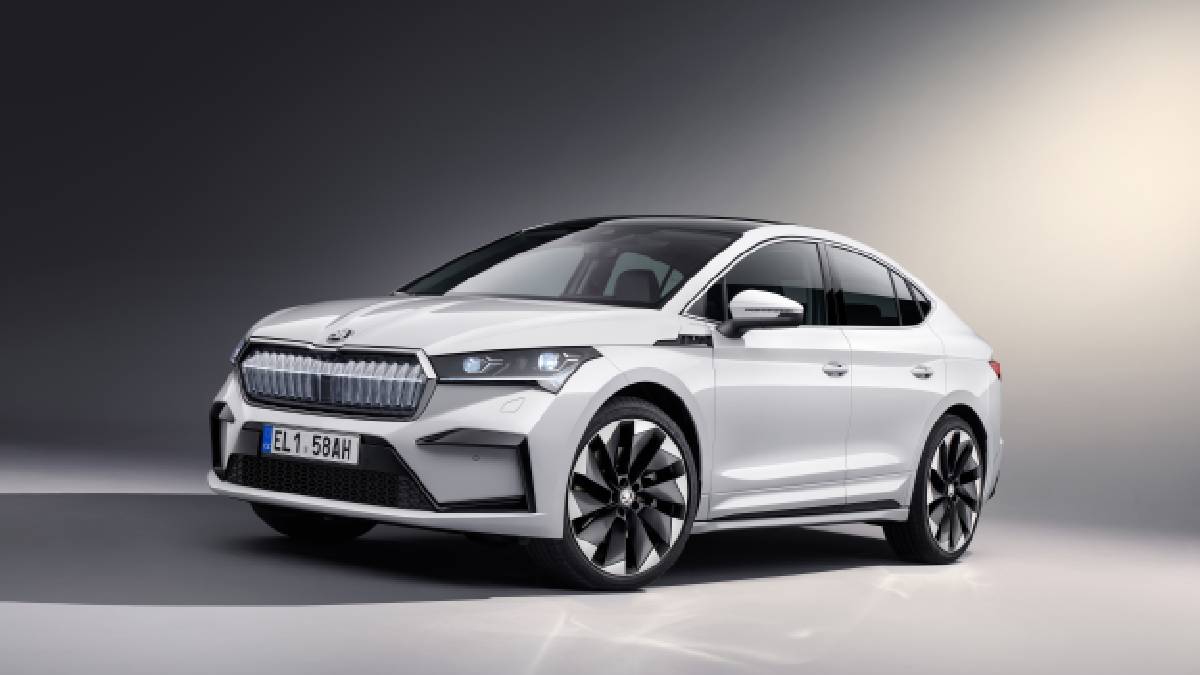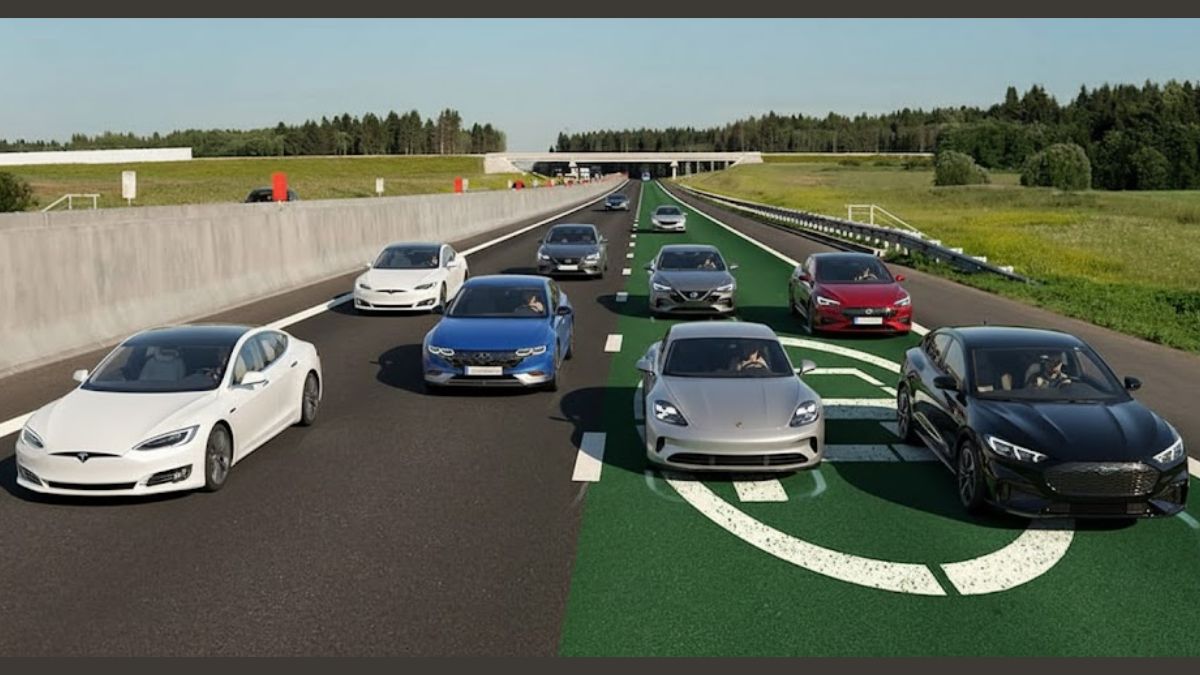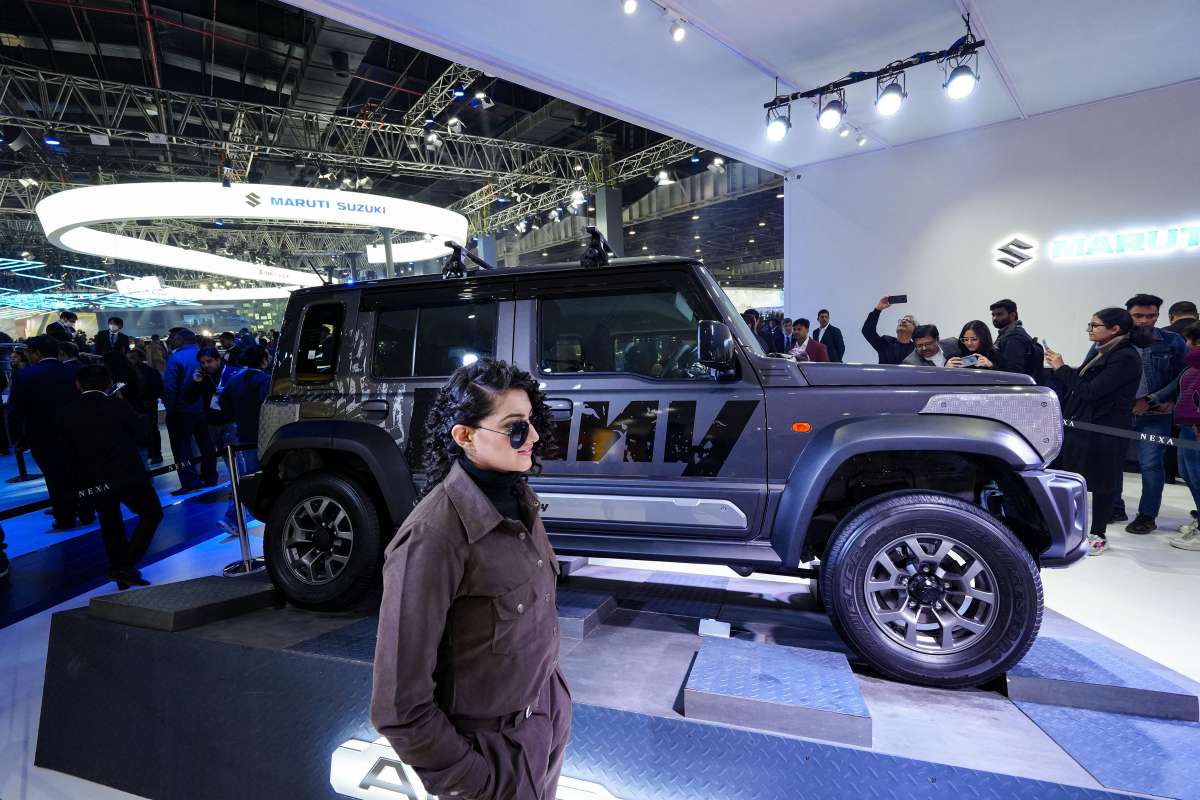Skoda Auto is embarking on a strategy to significantly expand its Indian market presence by launching more of its celebrated…
Browsing: Electric vehicles
France has achieved a world first by activating its inaugural wireless EV-charging highway, a 1.5 km segment designed to power…
Maruti Suzuki is set to launch eight new SUV models in the coming five to six years as part of…
Maruti Suzuki is set to launch an impressive lineup of eight new SUV models in the coming five to six…
Maruti Suzuki is gearing up for a major product offensive, planning to launch eight new SUV models in the next…
The world is witnessing a heightened geopolitical race for rare earth elements following China’s implementation of new, stringent export controls.…
Tesla is introducing more accessible versions of its electric vehicles, the Model Y and Model 3, in a bid to…
Tesla is attempting to reignite its sales momentum with the introduction of more economical versions of its flagship electric vehicles,…
Tesla has launched updated, more affordable versions of its Model Y and Model 3 electric cars, a strategic move aimed…
Tesla is making a play to regain lost market momentum with the introduction of its new, more affordable electric vehicle…







